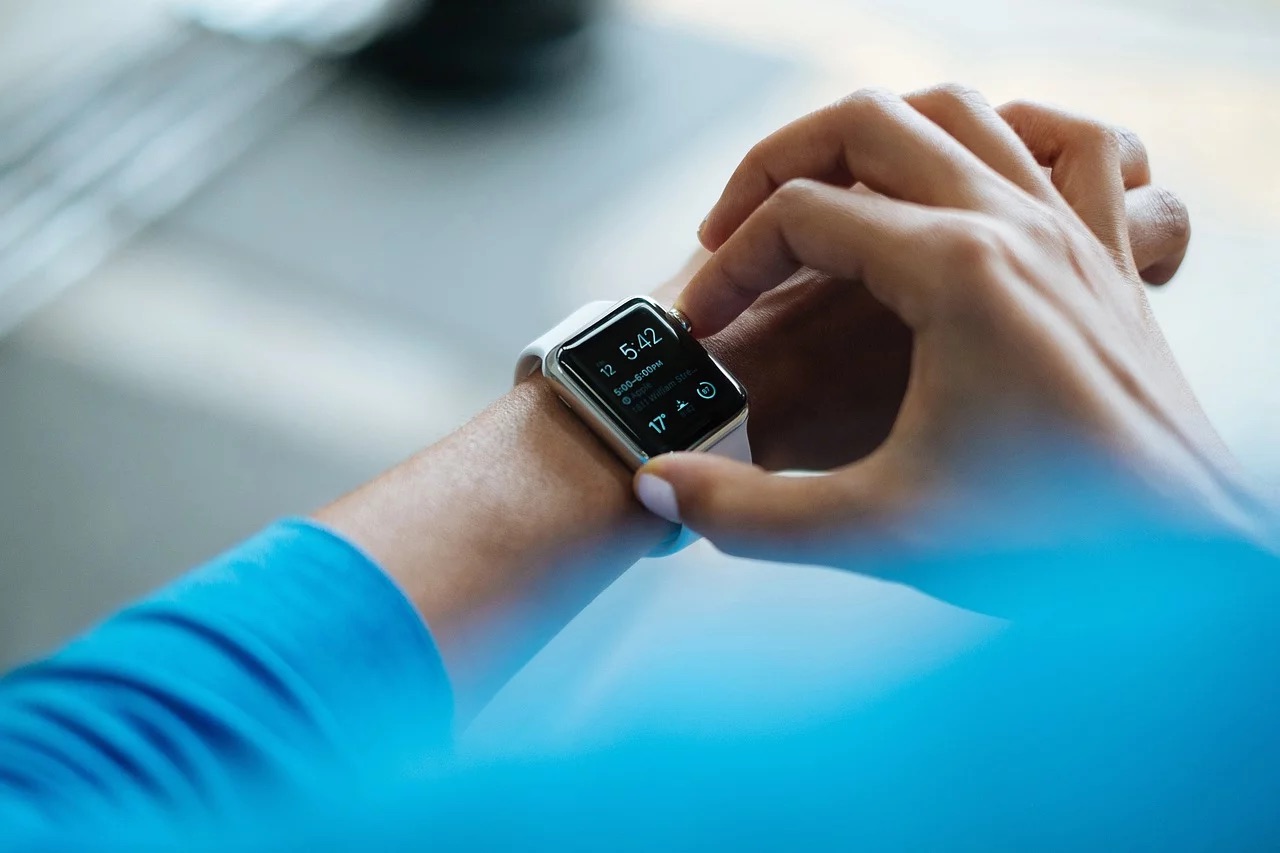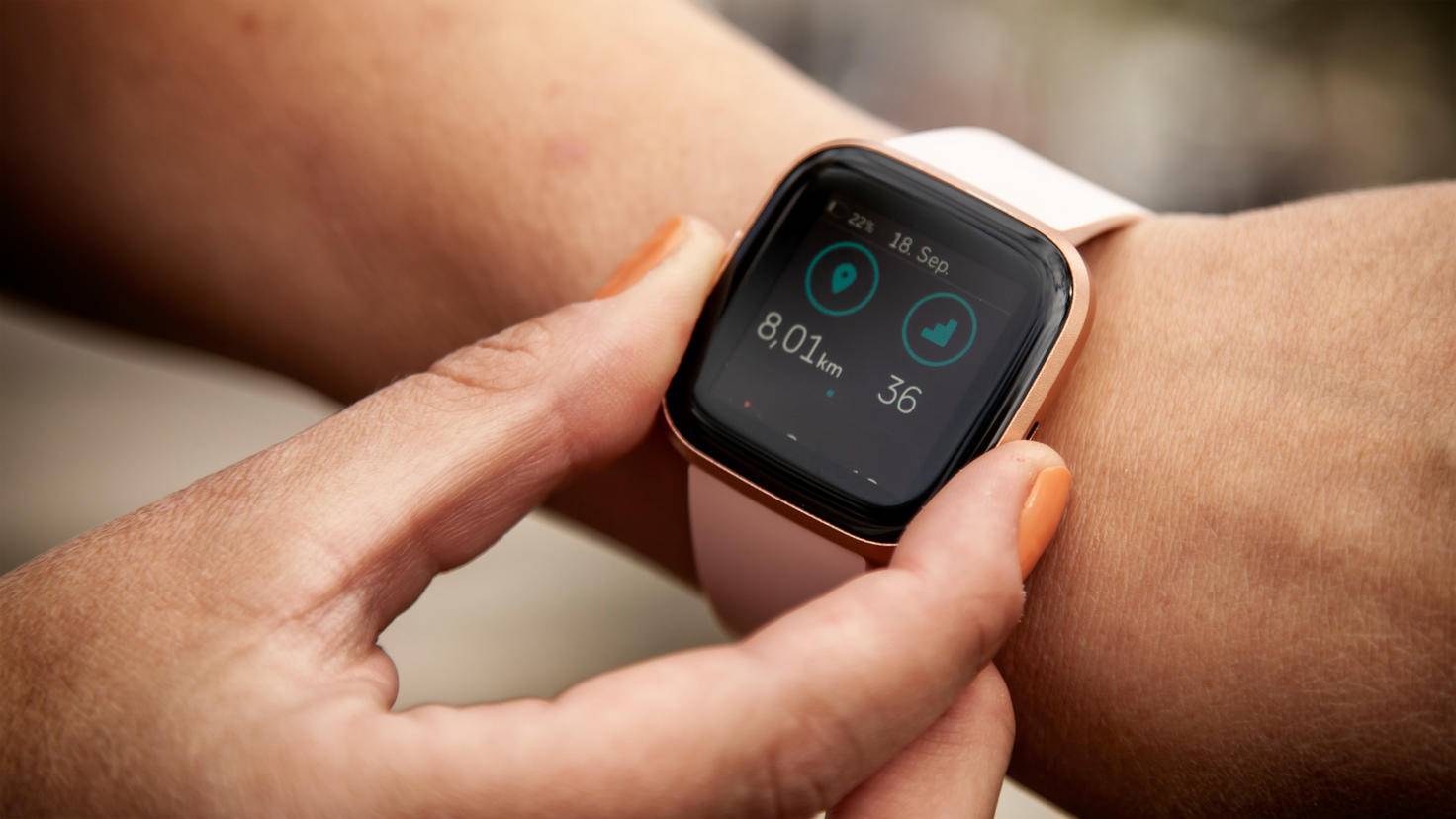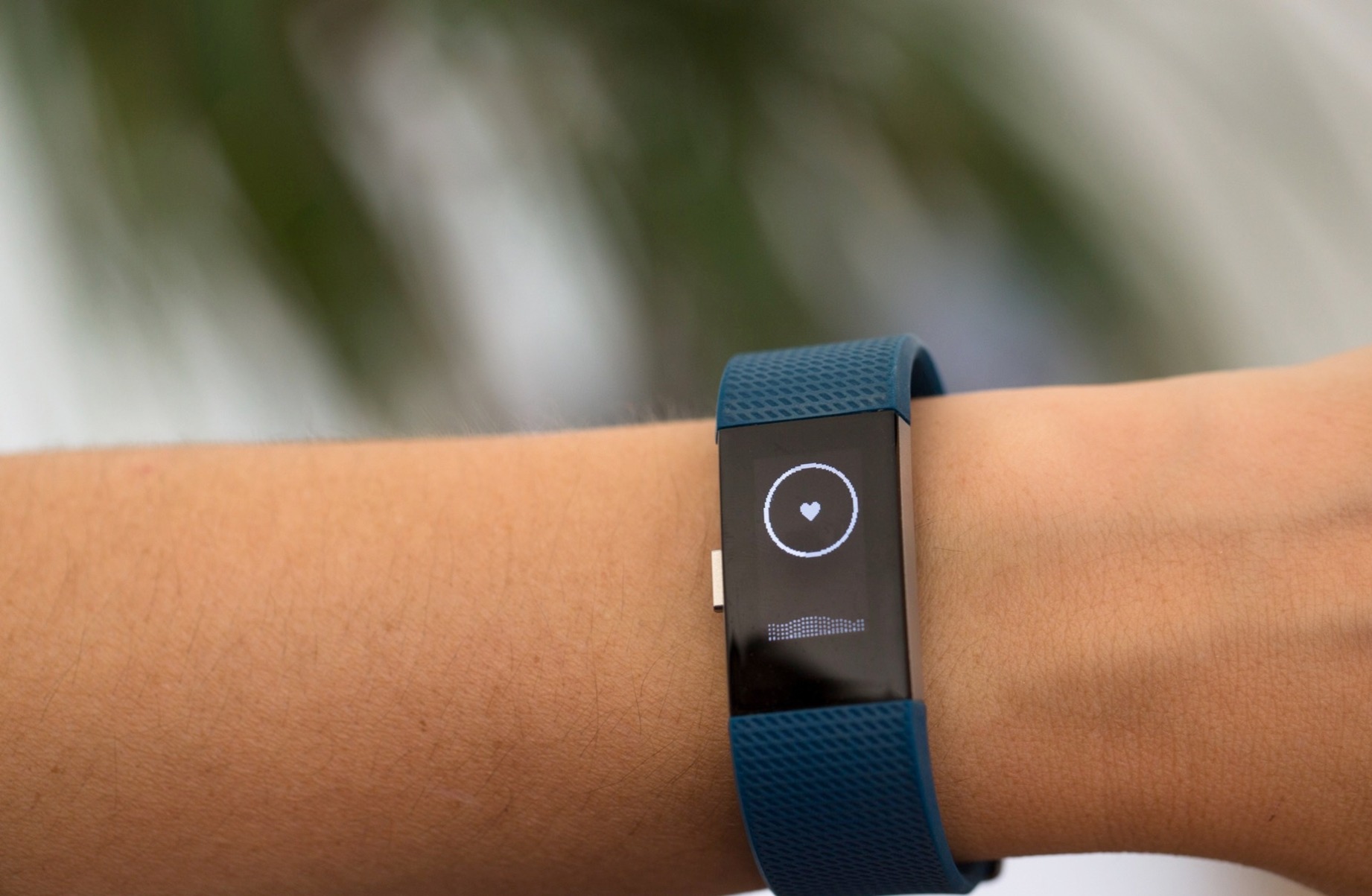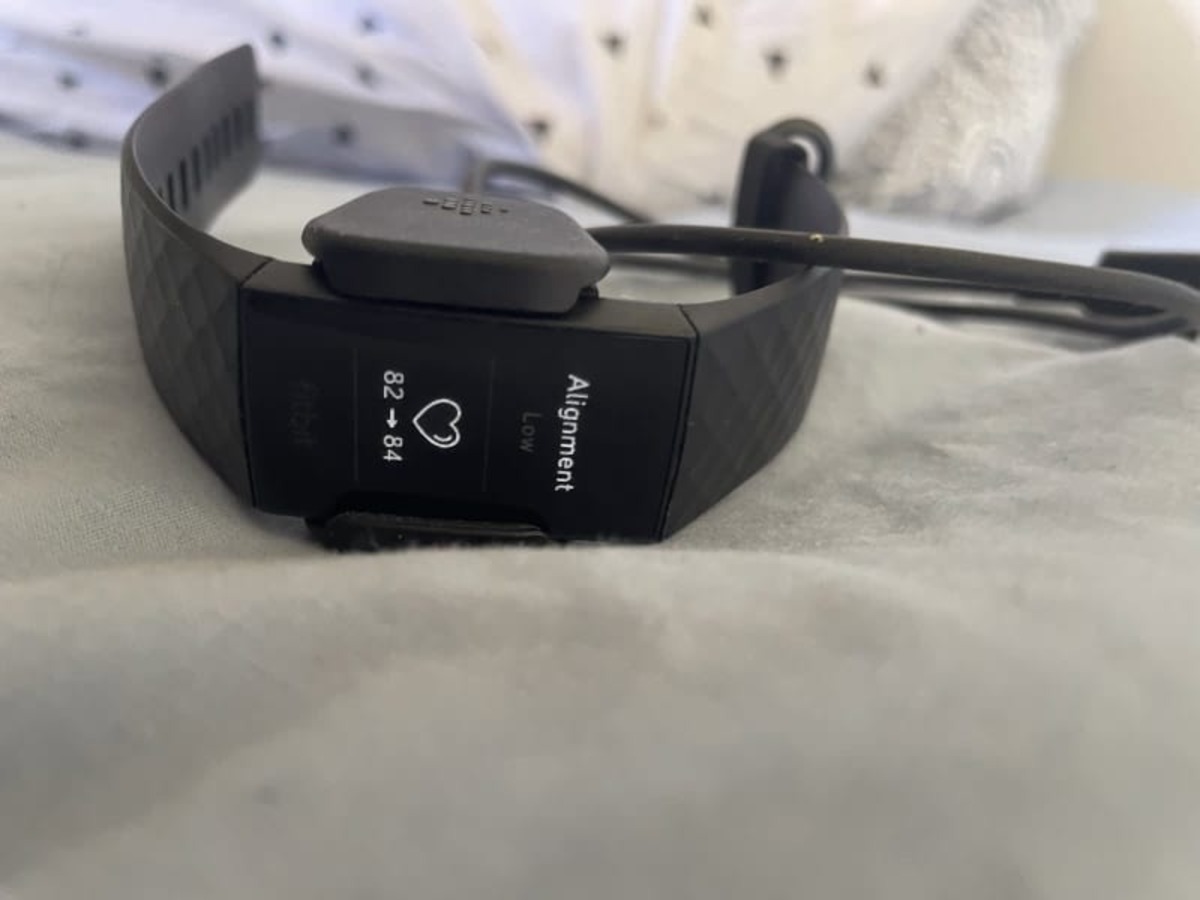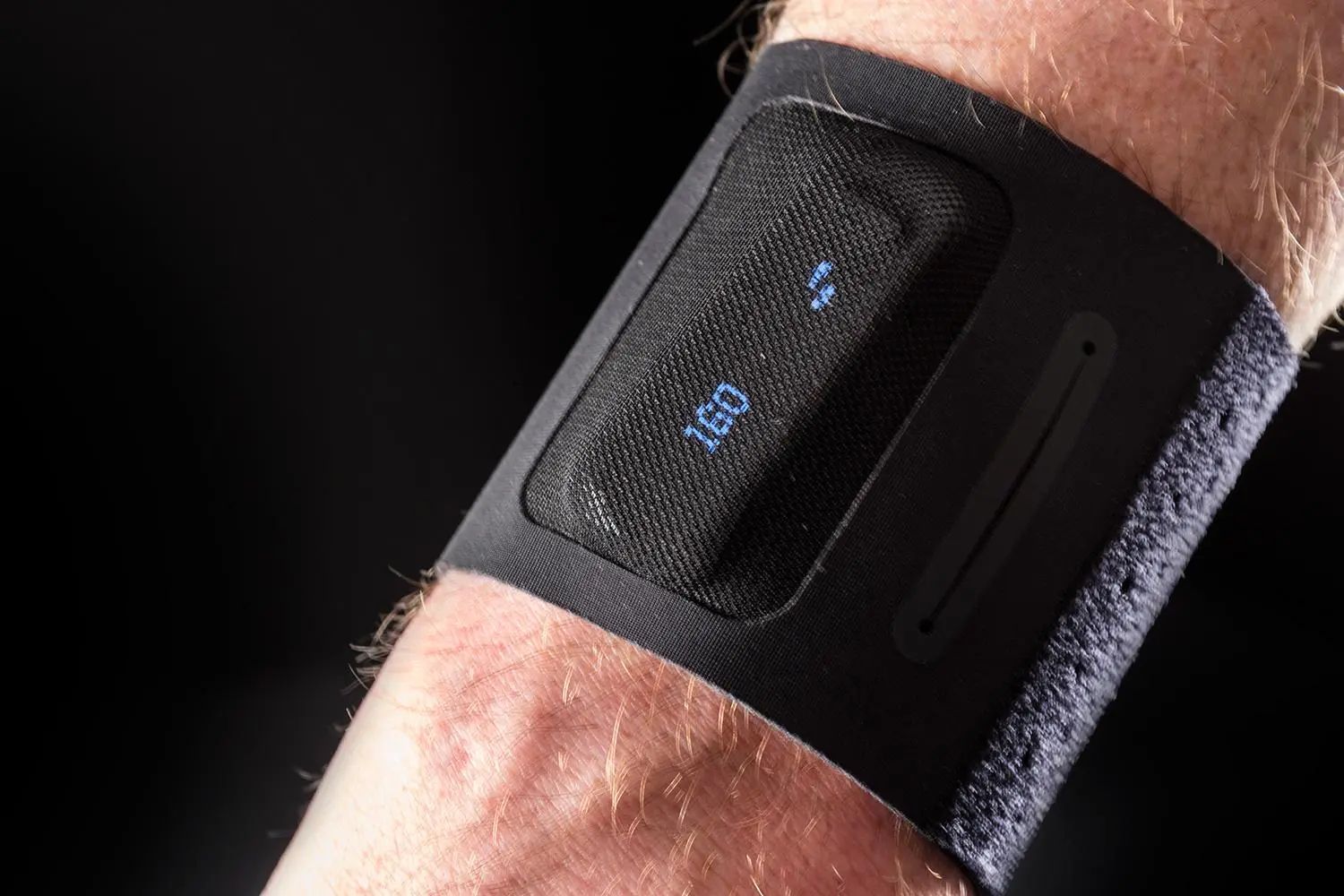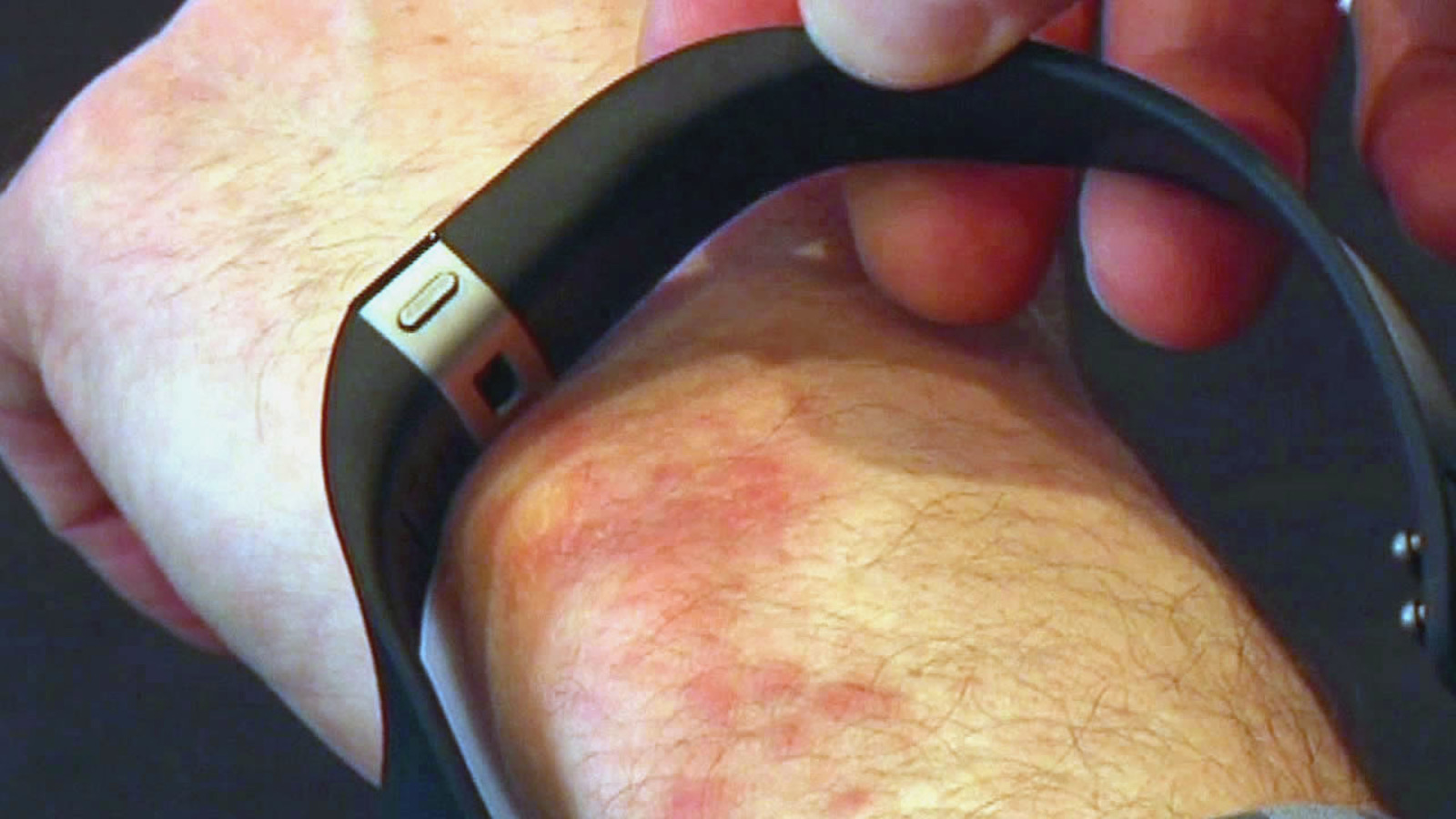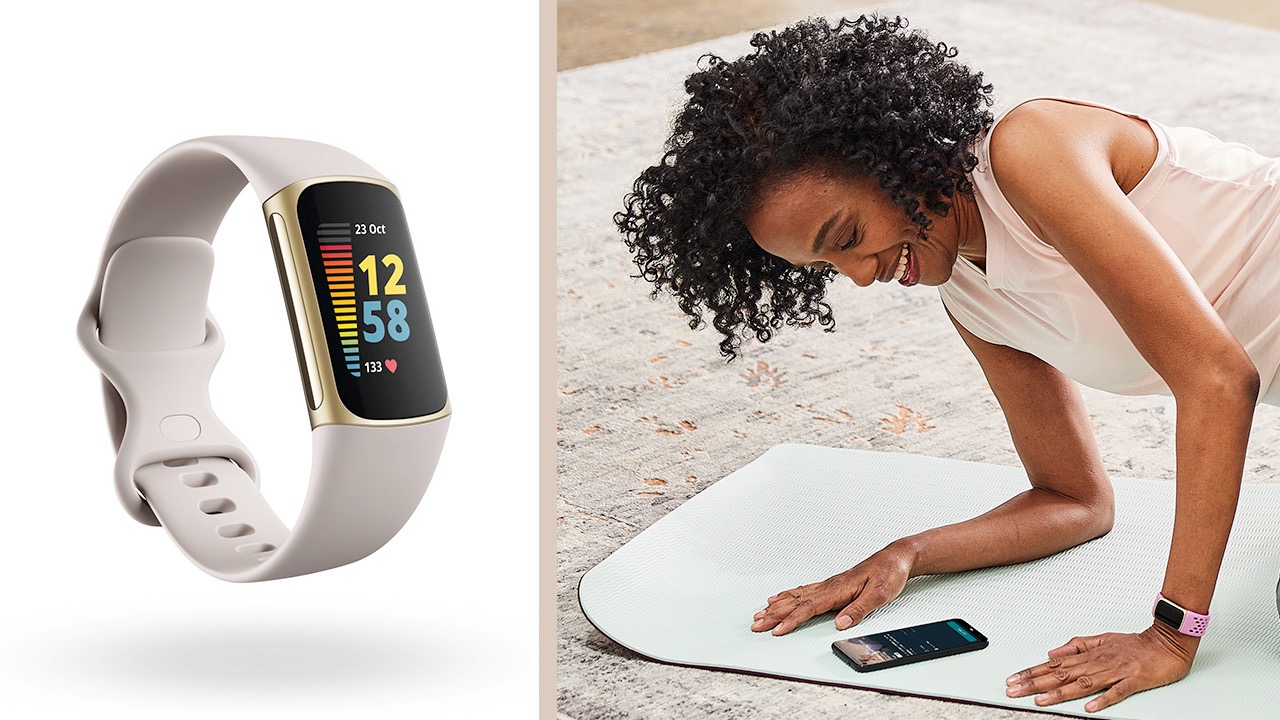Introduction
Wrist discomfort is a common concern for individuals who wear fitness trackers and smartwatches, such as Fitbit devices. As these wearables are designed to be worn for extended periods, it's essential to address any discomfort to ensure a seamless and enjoyable user experience. Whether you're an avid fitness enthusiast or someone who simply wants to track daily activity, the last thing you want is for wrist discomfort to hinder your wearable usage.
In this comprehensive guide, we'll delve into the various factors that contribute to wrist discomfort when wearing a Fitbit, explore the diverse Fitbit wristband options available, and provide practical tips for addressing and preventing wrist discomfort. By the end of this article, you'll have a deeper understanding of how to optimize your Fitbit experience while prioritizing comfort.
Let's embark on this journey to discover effective strategies for mitigating wrist discomfort and maximizing the benefits of your Fitbit device. Whether you're a long-time Fitbit user or considering investing in one, the insights shared here will empower you to make informed decisions and take proactive steps to ensure a comfortable and enjoyable wearable experience.
Understanding Wrist Discomfort
Wrist discomfort, often experienced by individuals who wear Fitbit devices, can stem from various factors. The design and fit of the wristband, the materials used, and the duration of wear are all influential in causing discomfort. One primary contributor to wrist discomfort is an ill-fitting wristband. If the Fitbit band is too tight, it can lead to constriction and irritation, while a loose band may cause friction and rubbing against the skin. Additionally, the material of the wristband, especially if it's not breathable, can exacerbate discomfort by trapping moisture and heat against the skin.
Moreover, the type of physical activities and movements performed while wearing the Fitbit can also impact wrist comfort. For instance, activities that involve repetitive wrist movements or excessive sweating can increase the likelihood of discomfort. Furthermore, individuals with sensitive skin may experience irritation from certain materials used in the wristbands.
Understanding the specific triggers of wrist discomfort is crucial for effectively addressing the issue. By recognizing the potential causes, individuals can take proactive steps to mitigate discomfort and optimize their Fitbit experience. In the next section, we'll explore the diverse Fitbit wristband options available, shedding light on how different designs and materials can influence wrist comfort.
Fitbit Wristband Options
When it comes to addressing wrist discomfort with Fitbit devices, exploring the diverse wristband options is a pivotal step. Fitbit offers a range of wristbands designed to cater to different preferences, activity levels, and comfort needs. Understanding the features and benefits of each wristband option can empower users to make informed choices that align with their unique requirements.
Classic Wristbands
Fitbit's classic wristbands, often made from durable elastomer material, are designed for everyday wear and versatility. These bands are lightweight, flexible, and sweat-resistant, making them suitable for various activities, from workouts to daily tasks. The smooth texture of classic wristbands contributes to a comfortable fit, reducing the likelihood of skin irritation. Additionally, their adjustable closure ensures a secure yet comfortable fit for different wrist sizes.
Sport Wristbands
For individuals with active lifestyles, Fitbit's sport wristbands are tailored to provide enhanced durability and breathability. These bands are engineered to withstand rigorous workouts, ensuring a secure fit during high-intensity activities. The perforated design of sport wristbands promotes airflow, minimizing moisture buildup and enhancing overall comfort, especially during prolonged wear. Furthermore, the sport wristbands are crafted from premium materials that offer a balance of comfort and resilience, making them an ideal choice for fitness enthusiasts.
Leather Wristbands
Fitbit's leather wristbands exude a blend of style and comfort, catering to users who prioritize a sophisticated aesthetic without compromising on wearability. These bands are crafted from genuine leather, offering a luxurious feel against the skin. The supple nature of leather wristbands ensures a comfortable fit while adding a touch of elegance to any ensemble. With adjustable straps and a secure closure, users can enjoy a personalized fit that complements their individual style preferences.
Metal Wristbands
For a sleek and modern appeal, Fitbit's metal wristbands are a popular choice. These bands are constructed from premium stainless steel, providing a sophisticated look while prioritizing durability and comfort. The metal wristbands feature a secure magnetic closure or a classic clasp, ensuring a snug fit without compromising on style. Whether for professional settings or casual outings, the metal wristbands offer a seamless fusion of fashion and functionality.
Fabric Wristbands
Fitbit's fabric wristbands are designed to offer a comfortable and stylish option for daily wear. The soft, woven material of these bands provides a gentle feel against the skin, reducing the risk of irritation. The fabric wristbands are lightweight and breathable, making them suitable for all-day wear without sacrificing comfort. With adjustable closures and a variety of colors and patterns, users can express their personal style while enjoying a comfortable fit.
By exploring the diverse wristband options offered by Fitbit, users can select the most suitable option based on their lifestyle, preferences, and comfort requirements. Whether it's the classic, sport, leather, metal, or fabric wristbands, Fitbit has curated a versatile range of options to ensure that users can prioritize comfort without compromising on style or functionality. Selecting the right wristband can significantly contribute to addressing and preventing wrist discomfort, ultimately enhancing the overall Fitbit experience.
In the next section, we'll delve into practical tips for addressing wrist discomfort, providing actionable insights to optimize comfort and usability.
Tips for Addressing Wrist Discomfort
Addressing wrist discomfort associated with wearing a Fitbit involves implementing practical strategies to optimize comfort and minimize potential sources of irritation. By incorporating the following tips into your wearable routine, you can proactively address wrist discomfort and elevate your overall Fitbit experience:
-
Proper Sizing: Ensuring that your Fitbit wristband is appropriately sized is fundamental for comfort. A band that is too tight can constrict circulation and cause discomfort, while a loose band may lead to friction and irritation. Follow Fitbit's sizing guidelines to select the correct band size for your wrist, allowing for a snug yet comfortable fit.
-
Regular Cleaning: Keeping your Fitbit wristband clean is essential for preventing skin irritation. Sweat, dirt, and residue can accumulate on the band, potentially leading to discomfort. Regularly clean your wristband with mild soap and water, ensuring that it is thoroughly dry before wearing it again.
-
Alternate Wristbands: If you notice persistent discomfort with a particular wristband, consider alternating between different types of bands. For example, switching between classic elastomer and fabric bands can provide relief from prolonged pressure on the skin, allowing it to breathe and recover.
-
Wear Loosely During Rest: When not engaging in physical activities, consider wearing your Fitbit wristband slightly looser to allow your skin to breathe and recover. This can alleviate any pressure points and reduce the likelihood of skin irritation during periods of rest.
-
Hydration and Moisturization: Maintaining well-hydrated skin can contribute to overall comfort when wearing a Fitbit. Additionally, using a hypoallergenic moisturizer on the wrist area can help reduce friction and irritation, especially for individuals with sensitive skin.
-
Positioning During Workouts: Be mindful of the positioning of your Fitbit during workouts. Adjust the band to sit comfortably on your wrist, ensuring that it is not too tight during intense physical activities. This can minimize the risk of chafing and discomfort caused by excessive movement.
-
Take Breaks: If you regularly wear your Fitbit for extended periods, consider taking short breaks to allow your skin to breathe and recover. Removing the wristband for brief intervals can alleviate any pressure and reduce the likelihood of discomfort associated with prolonged wear.
By incorporating these practical tips into your Fitbit usage, you can effectively address and prevent wrist discomfort, optimizing your wearable experience for enhanced comfort and enjoyment. Prioritizing wrist comfort not only contributes to a seamless Fitbit experience but also supports your overall well-being as you pursue your fitness and wellness goals.
Conclusion
In conclusion, addressing wrist discomfort associated with Fitbit wearables is essential for optimizing user experience and ensuring long-term comfort. By understanding the factors contributing to wrist discomfort, exploring the diverse Fitbit wristband options, and implementing practical tips, users can proactively mitigate discomfort and elevate their overall wearable journey.
The insights shared in this guide shed light on the significance of proper wristband selection, sizing, and maintenance in addressing and preventing wrist discomfort. Fitbit's versatile range of wristbands, including classic, sport, leather, metal, and fabric options, caters to diverse preferences and activity levels, empowering users to prioritize comfort without compromising on style or functionality. Whether it's the durability of sport wristbands, the elegance of leather options, or the breathability of fabric bands, Fitbit offers a comprehensive selection to suit individual needs.
Furthermore, the practical tips provided offer actionable strategies for minimizing discomfort, such as proper sizing, regular cleaning, and alternating wristbands. By incorporating these tips into their wearable routine, users can foster a comfortable and irritation-free experience, enhancing their overall satisfaction with their Fitbit device.
Ultimately, prioritizing wrist comfort not only contributes to an enjoyable Fitbit experience but also supports users' well-being as they pursue their fitness and wellness goals. By addressing wrist discomfort, individuals can fully harness the benefits of their Fitbit, from tracking daily activity and workouts to monitoring sleep patterns and overall health.
As users continue to integrate Fitbit into their daily lives, the proactive approach to addressing wrist discomfort outlined in this guide will empower them to make informed decisions, optimize comfort, and derive maximum value from their wearable investment. With a focus on comfort and usability, individuals can embrace their Fitbit experience with confidence, knowing that they have the knowledge and strategies to effectively address and prevent wrist discomfort.
In essence, by prioritizing comfort and addressing wrist discomfort, users can embark on a seamless and rewarding journey with their Fitbit, unlocking the full potential of this innovative wearable technology.







